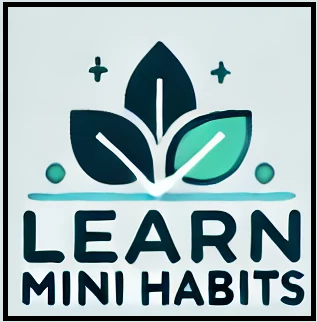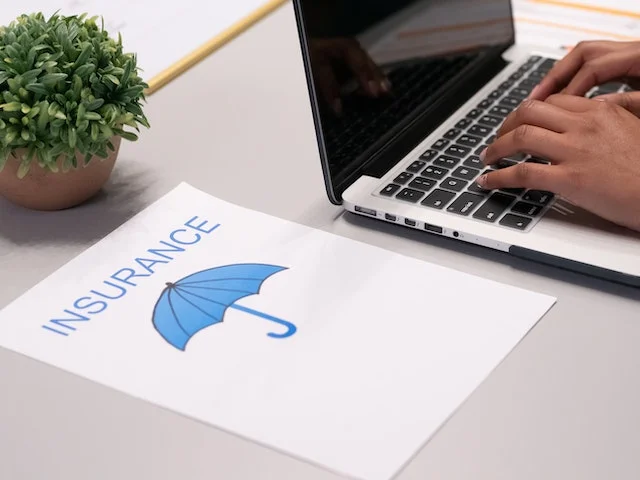What is Microinsurance?
Microinsurance is designed to provide coverage to low-income households or to make essential insurance products more affordable. It is created specifically for lower-valued assets and compensation for illness, injury, disability, or death.

How Microinsurance Works
As a division of microfinance, microinsurance looks to aid low-income families by offering insurance plans tailored to their needs.
Microinsurance is often found in developing countries, where the current insurance markets are inefficient or non-existent. Because the coverage value is lower than the usual insurance plan, insured people pay considerably smaller premiums.
KEY TAKEAWAYS
Most microinsurance offers highly specified policies to cover specific needs at an affordable rate.
Microinsurance products are designed specifically for compensation for illness, injury, or death, and lower valued possessions or assets.
Typically, there are four main methods for delivering microinsurance: the provider-driven model, the full-service model, the community-based model, and the partner-agent model.
Similar to regular insurance, microinsurance is available for a wide variety of risks, including health, term life, death, disability, and even farming-related insurance risks for crops and livestock.
Microinsurance, like regular insurance, is available for a wide variety of risks. These include both health risks and property risks. Some of these risks include crop insurance, livestock/cattle insurance, insurance for theft or fire health insurance, Credit-life insurance, term life insurance, death insurance, disability insurance, insurance for natural disasters, Burial insurance, etc.
All of these above are single policies that lower-income individuals and families can pick and choose based on their budget and need.
American International Group (AIG) was one of the first insurers to offer microinsurance on an international level. It offered its first policy in Uganda in 1997.4 Microinsurance also made a big difference in helping natural disaster survivors recover from Typhoon Haiyan, a storm that caused devastation in the Philippines in 2013. Microinsurance firms paid $12 million in claims for that disaster by 2014.
Benifits of Microinsurance via- Webstory
Definition and Examples of Microinsurance
Getting microinsurance out to those in need can be challenging so there are a few different models for delivering it to a client base.
Like traditional insurance, microinsurance functions based on the concept of risk pooling, regardless of its small unit size and its activities at the level of single communities. Microinsurance combines multiple small units into larger structures, creating networks of risk pools that enhance both insurance functions and support structures.
Benefits of Microinsurance
Microinsurance is a way many more people can insure and protect some of their most valuable assets. It can bring a sense of security to low-income families who could not afford insurance before.
Other benefits include transparency. There’s the ability to handle claims quickly and accurately. Research shows that when farmers and other small entrepreneurs feel protected by insurance, they are willing to take more risks and invest more in new business ventures. That is good for the economy.
Microinsurance Delivery Methods
The insurance industry is highly regulated. Legal requirements for insurers include liability and reserves that must be maintained. With microinsurance, the need for these reserves goes away since microinsurance is a “short-term” policy.
In general, there are 4 main methods for delivering microinsurance to a client base:
- the partner-agent model,
- the provider-driven model,
- the full-service model, and
- the community-based model.
Partner-agent model: This model is based on a partnership between the microinsurance scheme and an agent. In some cases a third-party healthcare provider. The microinsurance scheme is responsible for the delivery and marketing of products to the clients, while the agent retains all responsibility for design and development. In this model, microinsurance schemes benefit from limited risk but are also limited in their control. Full-service model: In this model, the microinsurance scheme is in charge of everything; both the design and delivery of products to the clients, working in conjunction with external healthcare providers. While benefiting from full control, the disadvantage of the full-service model is the higher risks. Provider-driven model: In this model, the healthcare provider is the microinsurance scheme, and similar to the full-service model, is responsible for all operations, delivery, design, and service. The disadvantage of this method is the limitations of the products and services that can be offered. Community-based/mutual model: In this method, policyholders or clients run everything, working with external healthcare providers to offer services. This model is advantageous for its ability to design and market products more easily and effectively, but the small size and scope of operations limit effectiveness.
Conclusion:
Microinsurance is an area where growth in developing countries exceeds growth in the rest of the industrialized world. Research from consulting firm Accenture shows that insurance customers are willing to share personal information with their insurers in exchange for lower rates.
Let’s take an example of microinsurance for health:-
A health microinsurance provide services for specific risks or illnesses and involve the role of a healthcare provider, whether independent of or in partnership with the scheme.
Health microinsurance is important for the poor as health risks are often identified by the poor as the greatest and costliest risks among all other natural, social, economic, etc risks faced by them. Health problems not only impact the expenditure of the household but also reduce productivity and lessen the opportunity for growth.
Therefore these specific types of microinsurance could be a game-changer. Over time, these trends may make “microinsurance” a common term in the United States.


